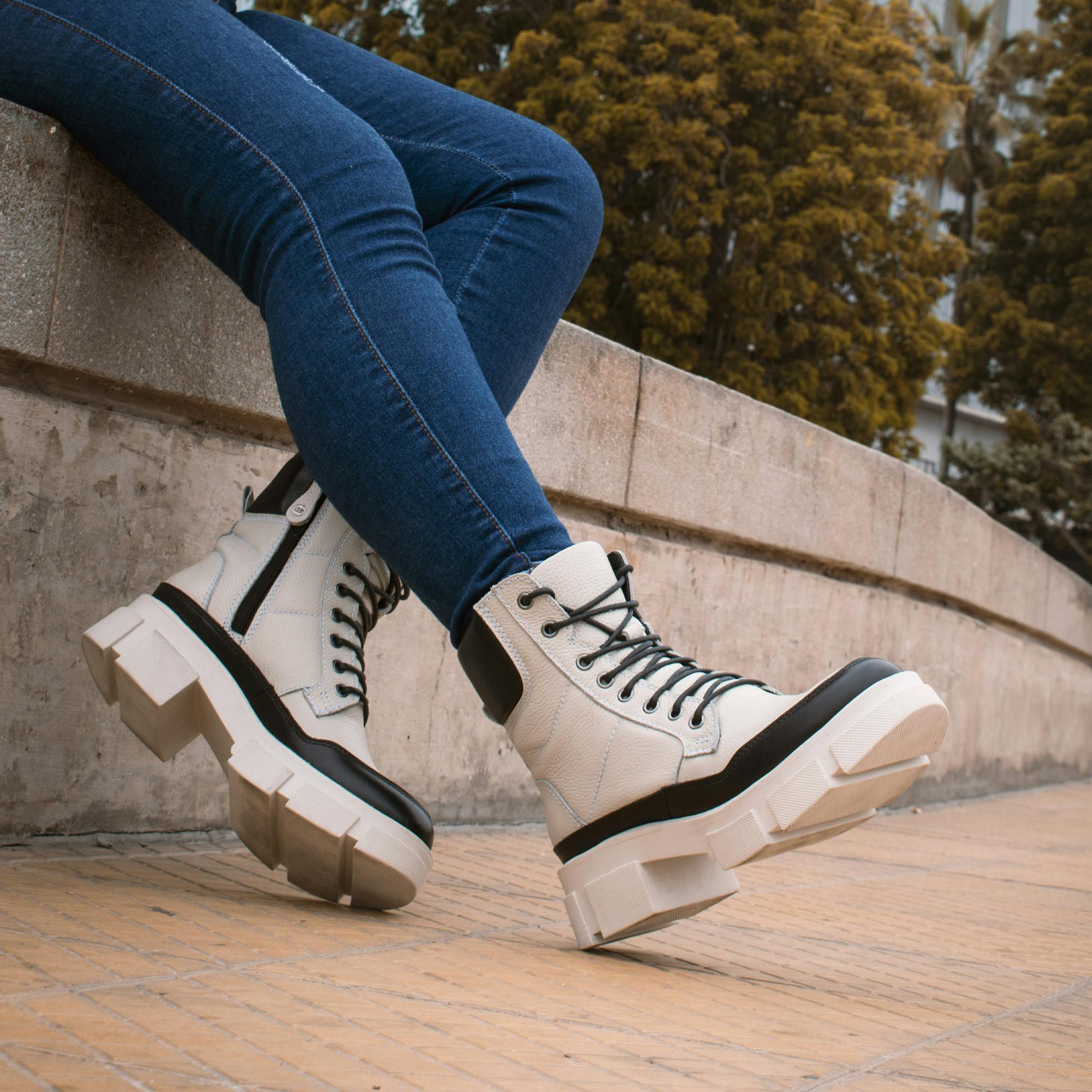Orthopedic Shoes: Combining Comfort and Style for Foot Pain Relief
Orthopedic shoes are designed to support proper foot alignment, relieve pressure, and improve overall comfort. Ideal for people with foot pain, arthritis, or diabetes, these shoes combine function and style to help reduce strain during daily movement.

What are orthopedic shoes and how do they help with foot pain?
Orthopedic shoes are specially designed footwear that prioritizes foot health and comfort. Unlike regular shoes, orthopedic options feature unique structural elements to support proper foot alignment, distribute weight evenly, and reduce pressure on sensitive areas. These shoes typically include features such as:
-
Extra depth to accommodate custom orthotics or insoles
-
Wide toe boxes to prevent crowding and friction
-
Firm heel counters for improved stability
-
Shock-absorbing soles to minimize impact during walking
By incorporating these elements, orthopedic shoes can effectively alleviate foot pain caused by various conditions, including plantar fasciitis, bunions, arthritis, and diabetic neuropathy. The enhanced support and cushioning provided by these shoes can also help prevent further foot problems and improve overall comfort during daily activities.
Can orthopedic shoes be stylish for everyday wear?
Gone are the days when orthopedic shoes were synonymous with bulky, unattractive footwear. Modern orthopedic shoe manufacturers have recognized the importance of combining functionality with style, resulting in a wide range of fashionable options suitable for everyday wear. Today’s orthopedic shoes come in various designs, including:
-
Casual sneakers
-
Dress shoes for both men and women
-
Sandals and open-toe options
-
Boots for different seasons
These stylish orthopedic shoes often feature sleek designs, trendy colors, and fashionable details that blend seamlessly with contemporary wardrobes. Many brands now offer orthopedic shoes that are virtually indistinguishable from regular footwear, allowing wearers to prioritize foot health without compromising on style.
What are the top-rated orthopedic shoes for walking?
When it comes to walking, choosing the right orthopedic shoe is crucial for comfort and support. Several top-rated options have gained popularity among individuals seeking relief from foot pain during extended periods of walking. Some highly-regarded orthopedic walking shoes include:
-
New Balance 928v3: Known for its excellent stability and cushioning
-
Brooks Addiction Walker: Offers superior motion control and support
-
Vionic Walker Classic: Features a podiatrist-designed orthotic footbed
-
ASICS Gel-Nimbus: Provides exceptional shock absorption and comfort
-
Orthofeet Coral: Offers a wide toe box and customizable fit
These shoes are designed to provide optimal support, cushioning, and stability during walking activities. They often feature advanced technologies such as gel cushioning, responsive foam midsoles, and breathable uppers to enhance comfort and performance.
How do orthopedic shoes differ from regular shoes?
While regular shoes primarily focus on style and basic comfort, orthopedic shoes are specifically engineered to address foot health concerns and provide therapeutic benefits. Key differences include:
-
Structural support: Orthopedic shoes offer enhanced arch support, heel stability, and overall foot alignment.
-
Cushioning: They typically feature superior shock absorption and pressure distribution.
-
Customization: Many orthopedic shoes allow for the use of custom orthotics or have removable insoles.
-
Width options: Orthopedic shoes often come in multiple width sizes to accommodate various foot shapes.
-
Materials: Higher-quality, durable materials are used to ensure long-lasting support and comfort.
These differences make orthopedic shoes particularly beneficial for individuals with specific foot conditions or those seeking extra comfort and support in their daily footwear.
What features should you look for in orthopedic shoes?
When shopping for orthopedic shoes, it’s essential to consider several key features that contribute to their effectiveness and comfort:
-
Proper fit: Ensure the shoes provide adequate length, width, and depth for your feet.
-
Arch support: Look for shoes with built-in arch support or the ability to accommodate custom orthotics.
-
Cushioning: Opt for shoes with ample cushioning in the heel and forefoot areas.
-
Stability: Choose shoes with firm heel counters and supportive midsoles for improved balance.
-
Breathability: Select shoes made with breathable materials to prevent moisture buildup.
-
Flexibility: Ensure the shoes allow for natural foot movement while providing necessary support.
-
Adjustability: Look for shoes with adjustable closures (e.g., laces, straps) for a customized fit.
By prioritizing these features, you can find orthopedic shoes that best suit your individual needs and provide optimal comfort and support.
| Brand | Model | Key Features | Price Range |
|---|---|---|---|
| New Balance | 928v3 | Rollbar stability, ABZORB cushioning | $140 - $160 |
| Brooks | Addiction Walker | Extended Progressive Diagonal Rollbar, BioMoGo DNA cushioning | $120 - $140 |
| Vionic | Walker Classic | Podiatrist-designed orthotic, durable leather upper | $110 - $130 |
| ASICS | Gel-Nimbus | GEL cushioning, FlyteFoam midsole | $150 - $170 |
| Orthofeet | Coral | Wide toe box, Ortho-Cushion system | $130 - $150 |
Prices, rates, or cost estimates mentioned in this article are based on the latest available information but may change over time. Independent research is advised before making financial decisions.
In conclusion, orthopedic shoes have evolved to offer a perfect balance of comfort, support, and style for individuals seeking relief from foot pain. With a wide range of options available, from casual sneakers to dressy alternatives, there’s no need to compromise on fashion when prioritizing foot health. By understanding the key features and benefits of orthopedic shoes, you can make an informed decision and find the perfect pair to support your daily activities and alleviate foot discomfort.
This article is for informational purposes only and should not be considered medical advice. Please consult a qualified healthcare professional for personalized guidance and treatment.




